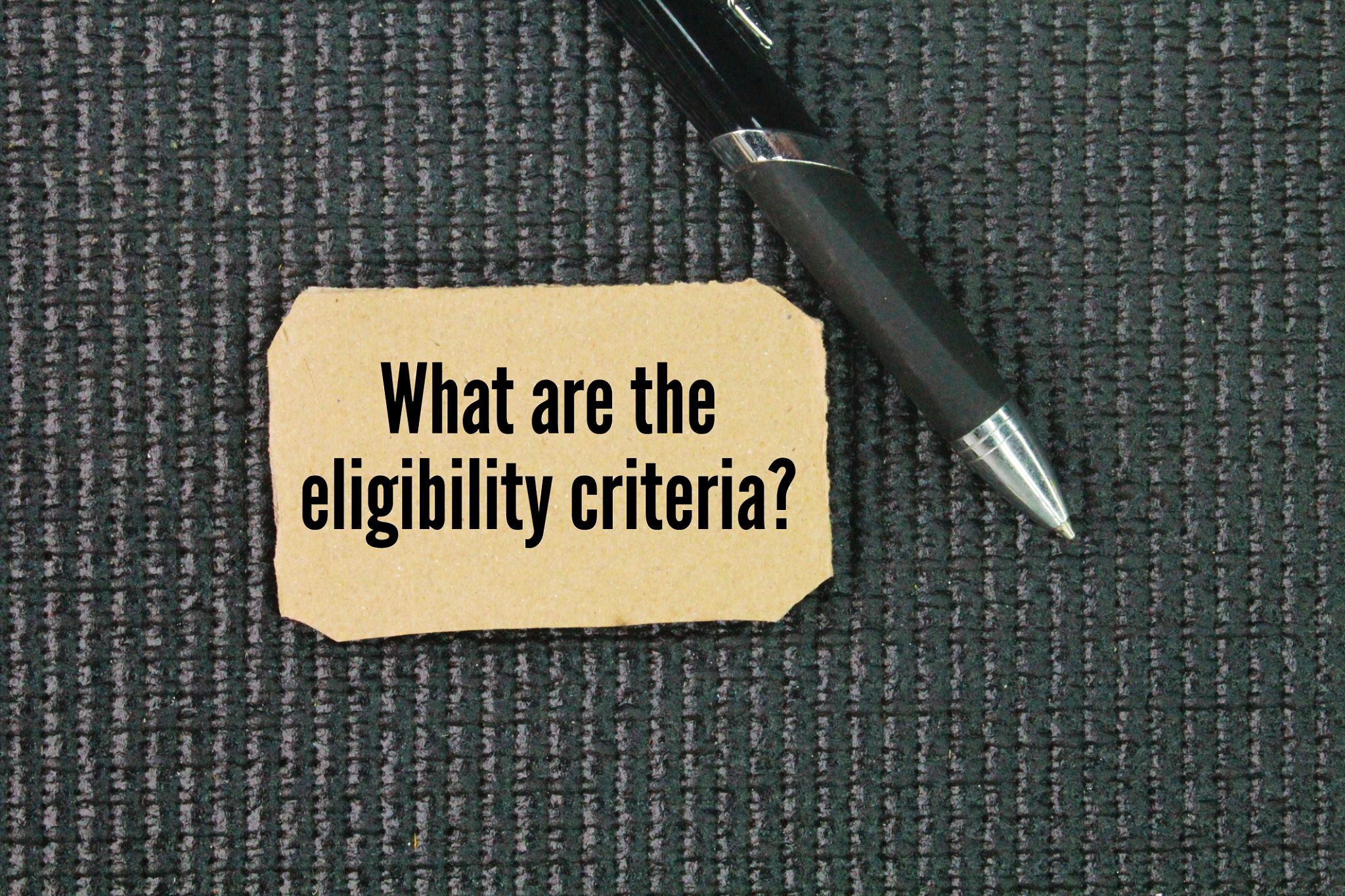Debunking Myths About Federal Student Loan Forgiveness
Understanding Federal Student Loan Forgiveness
Federal student loan forgiveness is a topic that has generated considerable discussion, with many students and graduates hoping it could alleviate their financial burdens. Despite its popularity, several myths and misconceptions continue to circulate, causing confusion and unrealistic expectations. This post aims to debunk some of these myths and provide clarity.

Myth 1: All Student Loans Are Eligible for Forgiveness
A common misconception is that all types of student loans can be forgiven. This is not true. Federal student loan forgiveness programs typically apply only to federal loans, such as Direct Loans. Private loans are excluded from these programs, which means borrowers must navigate alternative repayment or forgiveness options for those.
It is crucial to understand the specific types of loans you have and whether they qualify for forgiveness programs. Checking with your loan servicer or examining your loan documents can provide clarity on eligibility.
Myth 2: Loan Forgiveness Is Automatic
Another widespread belief is that loan forgiveness happens automatically. In reality, borrowers must apply for forgiveness and meet specific criteria outlined by the program. For instance, the Public Service Loan Forgiveness (PSLF) program requires borrowers to work in qualifying public service jobs and make 120 qualifying payments before they can apply for forgiveness.

It is important to stay informed about the application process and criteria to ensure you are on the right path toward potential forgiveness. Regularly checking program requirements and consulting with your loan servicer can help you manage expectations effectively.
Myth 3: Forgiveness Programs Are Available for Everyone
While student loan forgiveness programs are designed to assist borrowers in managing their debts, they are not universally accessible. Certain programs, like PSLF, are tailored to specific careers in public service or specific conditions such as teaching in low-income schools. Understanding the eligibility criteria is key to determining if you qualify.
If you do not meet the requirements for federal loan forgiveness, other options like income-driven repayment plans might offer relief by adjusting monthly payments based on your income level.

Myth 4: Loan Forgiveness Is a Quick Process
One of the most persistent myths is that loan forgiveness is a swift process. However, most programs require a significant commitment over several years. For example, PSLF demands a minimum of ten years of qualifying payments before applying for forgiveness. Patience and consistent monitoring of your progress are essential.
Setting realistic expectations and maintaining thorough documentation of your payments and employment can facilitate a smoother application process when the time comes.
Conclusion: Navigating the Path to Loan Forgiveness
Federal student loan forgiveness can be a valuable opportunity for reducing debt, but it is vital to separate fact from fiction. By debunking these myths and understanding the realities of these programs, borrowers can better navigate the complex landscape of student loans. Staying informed and proactive in managing your loans will ultimately lead to more effective financial planning and relief.